Disclosure: This article contains affiliate links. We may earn a commission from purchases at no extra cost to you, which helps our travel content.
The roosters start their symphony well before the Haitian sun breaks over the jagged mountains. It's 5:30 AM, and I'm lacing up my running shoes outside a modest guesthouse in Les Cayes, preparing for my ritual morning run. The air carries the scent of charcoal fires and the sea – a reminder that in Haiti, even the atmosphere tells stories. Two weeks in Haiti's southern region wasn't on most travelers' radar when I mentioned my winter plans, but that's precisely why I came. After coordinating relief efforts remotely for years, I needed to connect with this resilient place personally, to understand how communities rebuild and thrive despite the narratives we often hear. Les Cayes offers that rare blend of authenticity, cultural depth, and affordability that budget travelers dream about – if you know where to look and how to move. This isn't the sanitized Caribbean experience of resort brochures; it's Haiti unfiltered – challenging at times, but infinitely more rewarding.
Finding Your Rhythm in Les Cayes
My first three days in Les Cayes followed the pattern I've developed across twenty-seven countries: run at dawn, explore markets mid-morning, seek out record shops after lunch, and find spiritual spaces before sunset. It's a rhythm that connects me to a place faster than any guided tour could.
Les Cayes moves to its own beat – slower and more deliberate than Port-au-Prince, yet with an energy that pulses through its narrow streets and colorful marketplaces. The city stretches along Haiti's southern coast like a musician taking a deep breath between notes, neither rushed nor stagnant.
I found affordable lodging at Auberge du Sud, a family-run guesthouse where $25/night gets you a clean room, cold shower, and breakfast of fresh mangoes and kasav (cassava bread) with peanut butter. The owner, Madame Jeanne, keeps a water cooler filled for guests to refill their bottles – essential in this heat.
My mornings began with runs along Route de Port-Salut, where fishermen prepared their nets and women balanced impossible loads on their heads with perfect posture. I quickly learned to carry my water filter bottle during these runs – Haiti's tap water isn't safe to drink, and staying hydrated is non-negotiable in the Caribbean heat.
By day three, the same faces began to recognize me – the fruit vendor who saved the ripest avocados, the elderly man who nodded approval at my running discipline, the children who raced alongside me for short bursts before dissolving into laughter. This is how Les Cayes welcomed me – not with tourist fanfare, but with the gradual acceptance of a stranger finding his place in the daily rhythm.
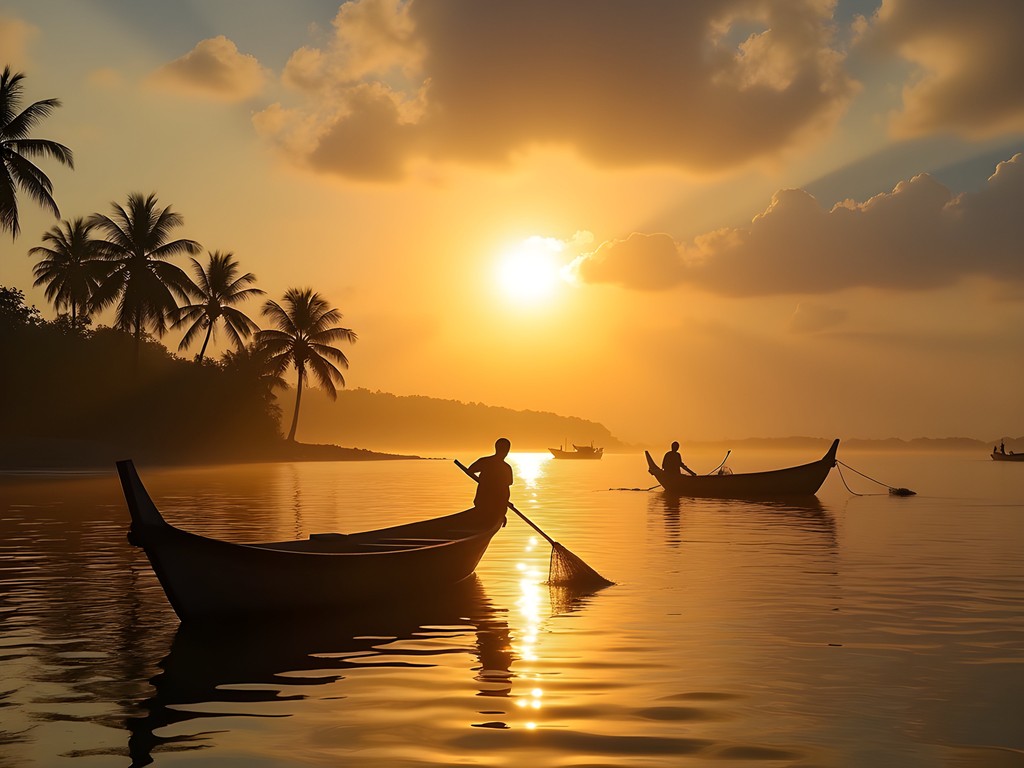
💡 Pro Tips
- Learn basic Haitian Creole phrases – even simple greetings earn tremendous respect
- Stay at family-run guesthouses rather than larger hotels for authentic experiences and better prices
- Early mornings (5-7am) offer the coolest temperatures for exploring on foot
Markets & Money: Navigating Local Economics
Haiti operates largely in cash, and Les Cayes is no exception. The local currency is the Haitian gourde, but U.S. dollars are widely accepted (often preferred for larger purchases). I brought crisp, small-denomination USD bills and exchanged some at the airport, then found better rates at Cayes' Marché Principale once I'd established rapport with vendors.
This sprawling market is the economic and social hub of southern Haiti, where everything from hand-carved wooden bowls to secondhand American t-shirts changes hands. Prices here are a fraction of what you'd pay in tourist areas of the Caribbean, but the real value is in the connections.
After my second visit to a spice vendor's stall – where I purchased vibrant yellow turmeric powder and fiery Scotch bonnet peppers – she invited me to sit on a small wooden stool and share a cup of kremas, a sweet rum-based drink that tastes dangerously like dessert. Through my broken Creole and her patient explanations, I learned how market prices fluctuate with Haiti's political climate and weather patterns.
Budget-conscious travelers should note that negotiation is expected, but aggressive bargaining is disrespectful. I found starting at about 70% of the initial price and meeting somewhere in the middle worked well. More importantly, buying multiple items from one vendor builds goodwill and often leads to better prices without asking.
For those tracking expenses carefully, I recommend the travel wallet I've used across five continents. With separate compartments for different currencies and a zippered coin pocket, it helped me manage gourdes and dollars without fumbling through pockets in busy markets – where pickpocketing can happen even to experienced travelers.
Market days (Tuesday and Saturday) offer the freshest produce and most vibrant atmosphere, but also the largest crowds. Early mornings (7-9am) provide the best selection before the tropical heat intensifies.
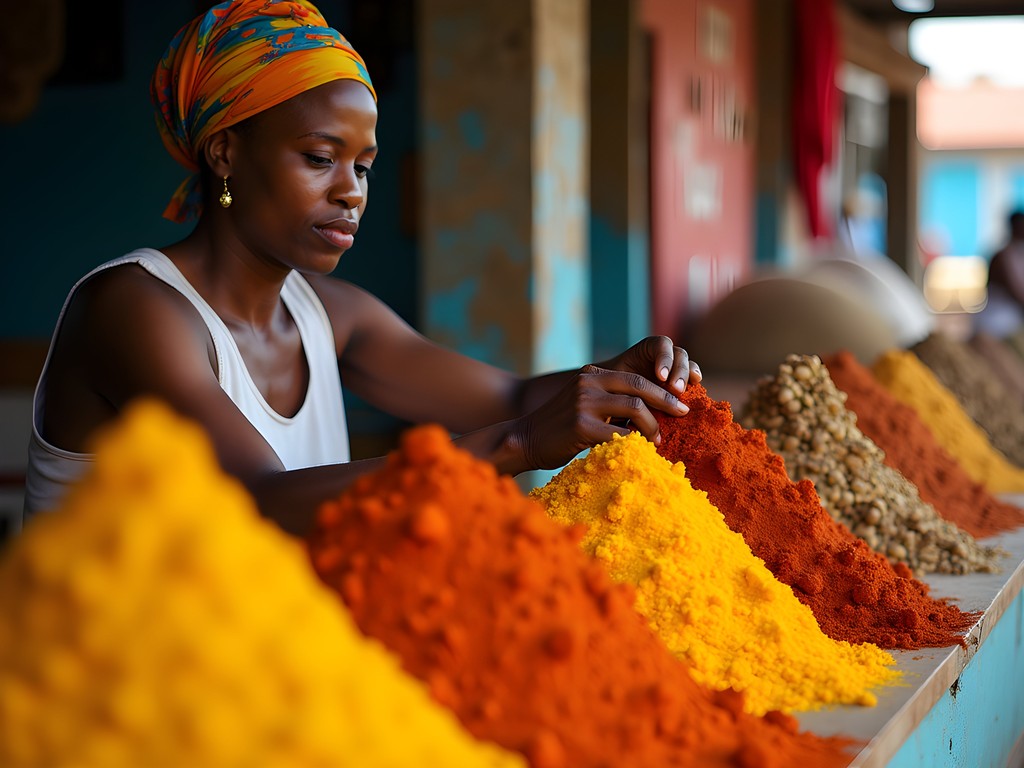
💡 Pro Tips
- Bring small denomination USD bills in excellent condition – torn or marked bills may be rejected
- Learn numbers in Haitian Creole to understand prices and negotiate effectively
- Shop at markets near closing time for potential discounts on perishable items
Vinyl & Voices: Haiti's Musical Heritage
If markets reveal a culture's appetite, record shops expose its soul. My quest to find authentic Haitian music led me down unnamed alleyways and through recommendations whispered between new friends until I found Boutik Mizik Jean-Claude – a hole-in-the-wall shop with milk crates full of vinyl and a proprietor who treated each record like a sacred text.
Jean-Claude, a man with salt-and-pepper dreadlocks and hands that moved like conductors when he spoke, introduced me to the evolution of Haitian music beyond the kompas I was familiar with. For three afternoons, I sat on a plastic chair while he played records on a vintage turntable powered by a temperamental generator, explaining how political movements and spiritual practices influenced each sound.
The mizik rasin (roots music) blending vodou rhythms with rock elements spoke to me immediately – its hypnotic percussion patterns reminded me of the trance-like state I sometimes reach during marathon runs. When I mentioned this connection, Jean-Claude nodded knowingly, saying, "The body knows rhythms the mind forgets."
I left with three carefully-selected vinyl records (15-20 USD each) and recommendations for live music venues. The most budget-friendly was Lakay Restaurant, where local musicians play traditional songs on Friday nights with no cover charge if you order dinner (complete meals for under $10).
For travelers wanting to document these musical discoveries, I've found my portable audio recorder invaluable. It captures the ambient sounds of street performances and impromptu jam sessions with remarkable clarity, creating audio souvenirs that transport me back to Haiti with every listen.
My most memorable musical experience came unexpectedly during a Sunday morning run. Passing a small church, I was pulled in by harmonies so powerful they seemed to physically move the air. I stood at the back, sweaty and underdressed, but several women shifted to make space on their bench, welcoming me with smiles. The three-hour service passed like minutes, and though I understood little of the Creole sermon, the music required no translation.

💡 Pro Tips
- Ask permission before recording music or taking photos in churches and performance spaces
- Support local musicians by purchasing original CDs or vinyl rather than bootlegs
- Visit churches on Sunday mornings to experience incredible Haitian gospel music
Monastery Moments: Finding Stillness in Southern Haiti
Twenty kilometers outside Les Cayes sits Monastery Saint-Benoît – a haven of tranquility that offers both spiritual respite and budget accommodation for travelers willing to respect its rhythms. For 15 USD per night (including simple meals), visitors can stay in sparse but clean rooms, provided they observe periods of silence and participate in daily routines.
I spent three days here midway through my trip, a practice I've adopted in countries from Thailand to Romania. Monasteries offer unique windows into local culture while providing the reset my extroverted-but-contemplative nature requires during extended travel.
The monastery follows the Benedictine tradition but incorporates distinctly Haitian elements. Brother Antoine explained that their meditation practices blend Catholic contemplation with mindfulness techniques that reminded me of the temple runs in Thailand where my marathon journey began.
Each morning, I joined the monks for a 5:30 AM walking meditation through their small agricultural grounds. The silence, broken only by roosters and distant waves, created space for thoughts to settle like dust after a storm. By day two, my constant mental planning (next destination, budget calculations, future articles) had quieted enough to notice details: how differently light filters through mango leaves versus palm fronds, the precise moment dew evaporates from spider webs, the subtle differences in each monk's gait.
Visitors are invited to participate in the monastery's work, which provided insight into sustainable practices I hadn't seen elsewhere. Their rainwater collection system, solar dehydrators for preserving fruits, and composting methods could be implemented by budget travelers in many settings. I spent one afternoon helping Brothers Pascal and Michel prepare mangoes for drying – a meditative process of careful cutting and arranging that produced snacks the monastery sells to support its operations.
For capturing these serene moments, my travel journal has become as essential as my passport. There's something about the monastery's atmosphere that demands handwritten reflection rather than digital documentation – the scratch of pen on paper echoing the monks' ancient practice of manuscript creation.
Before leaving, Brother Antoine gifted me a small hand-carved wooden cross, saying simply, "To remember that every journey has stations of rest." It now travels with me to marathons across the world – a physical reminder of Haiti's gift of stillness.
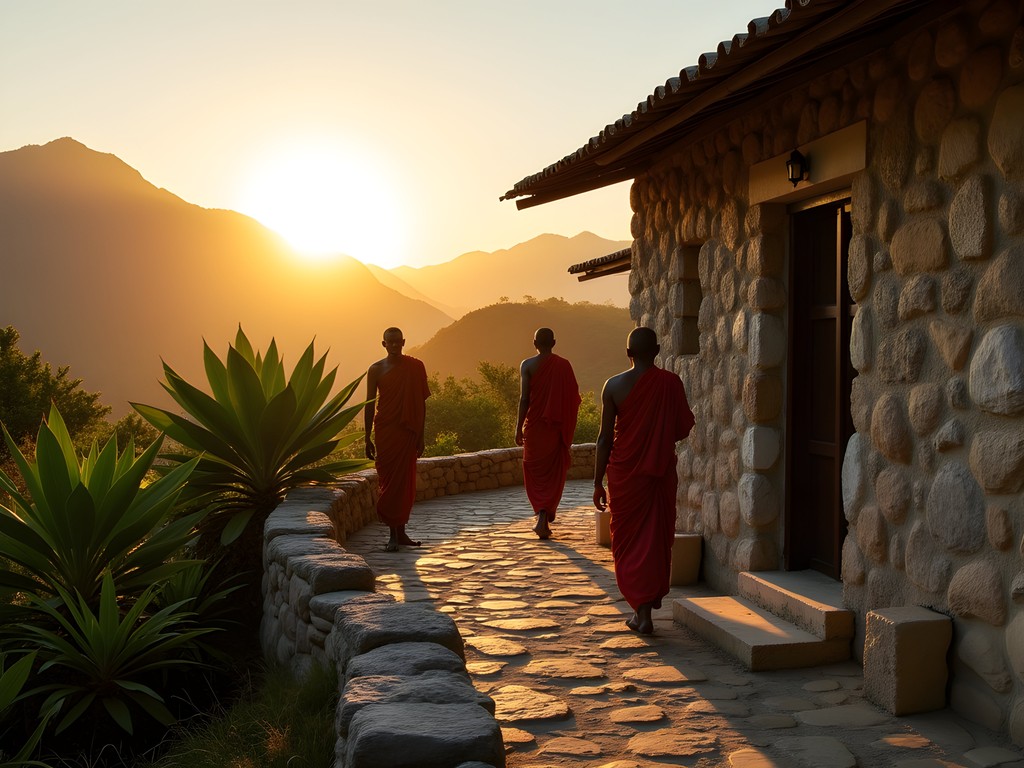
💡 Pro Tips
- Contact monasteries at least one week ahead to arrange stays – they often have limited guest accommodations
- Bring a headlamp or flashlight as many religious communities conserve electricity
- Pack modest clothing that covers shoulders and knees out of respect
Beyond Les Cayes: Day Trips on a Dime
Les Cayes serves as an excellent base for exploring southern Haiti's diverse landscapes without draining your wallet. Public transportation – while requiring patience and flexibility – connects you to beaches, mountains, and historical sites for mere dollars.
Port-Salut Beach lies just 20 kilometers west of Les Cayes, accessible via tap-taps (colorful shared pickup trucks) for about 50 gourdes (less than $1). Unlike the northern beaches catering to cruise ships, Port-Salut remains refreshingly undeveloped. Local fishermen sell their catch directly to beachside food stands, where you can have it grilled with spices and served with plantains and pikliz (spicy pickled vegetables) for about $5.
I spent a day here alternating between swimming in the crystal-clear Caribbean and running intervals along the compact sand – a training technique I've used from Ethiopian highlands to Japanese coastlines. The beach's gentle curve creates a natural 5K route, and morning runners will have it virtually to themselves.
For a more challenging adventure, Pic Macaya National Park offers Haiti's second-highest mountain and remarkable biodiversity. A guided day hike costs around $30-40 when shared with other travelers. I connected with two Canadian students at my guesthouse, and we split the guide fee for a six-hour trek through cloud forests where endemic birds darted between trees dripping with orchids.
Our guide, Marcel, pointed out plants used in traditional Haitian medicine and explained conservation challenges facing the park. The perspective gained – both literally from the elevation and figuratively from Marcel's knowledge – was worth every gourde and drop of sweat.
For history buffs, Fort des Oliviers sits at the mouth of Les Cayes' harbor, a reminder of Haiti's revolutionary past. The fort's strategic position helped Haitian forces defeat French colonial powers, and though partially ruined, it offers both historical significance and spectacular views. Entry is free, though local children often serve as unofficial guides for small tips.
Navigating these day trips requires my most essential travel companion – my travel backpack. Its 20-liter capacity holds water, snacks, rain protection, and swimming gear while remaining comfortable during long walks and tap-tap rides where space comes at a premium.
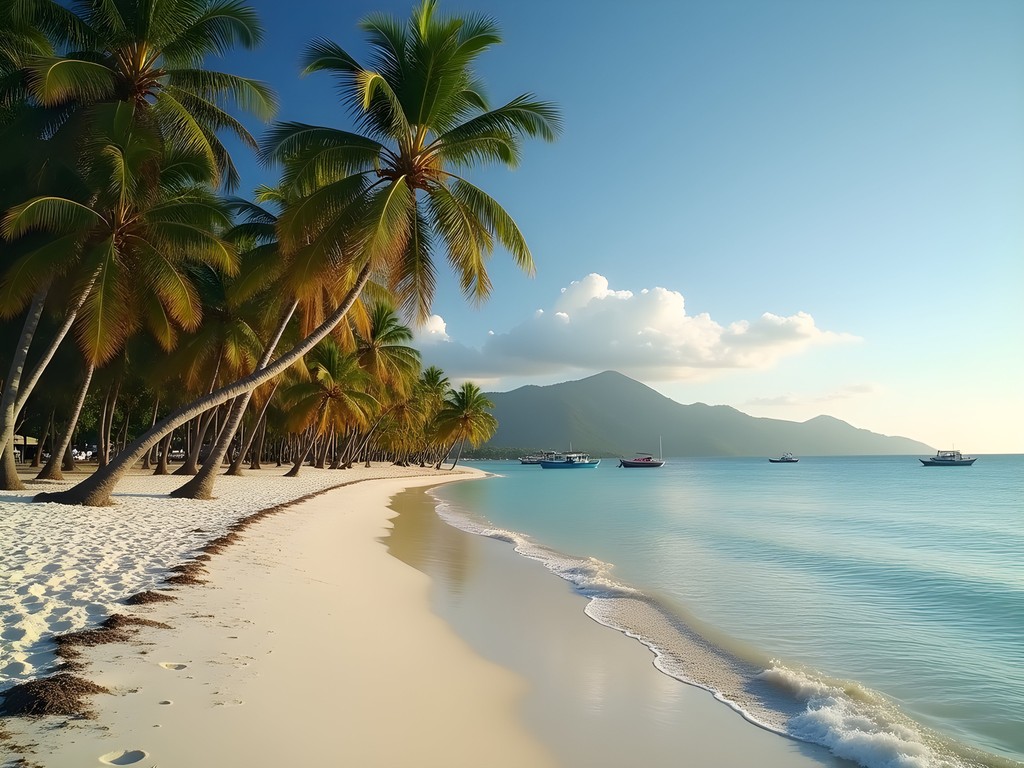
💡 Pro Tips
- Negotiate tap-tap prices before boarding – drivers often quote higher rates to foreigners
- Start day trips early to avoid afternoon heat and unpredictable weather patterns
- Bring twice as much water as you think you'll need – rural areas have limited places to refill
Safety, Respect & Responsible Travel
Let's address the elephant in the room: Haiti's reputation for instability often overshadows its beauty. While challenges exist, Les Cayes and southern Haiti generally experience fewer security issues than Port-au-Prince. That said, responsible travel here requires additional awareness and preparation.
I approached Haiti with the same principles I apply when coordinating international relief efforts: research thoroughly, connect with locals, maintain situational awareness, and respect cultural contexts. This isn't about fear but about informed respect.
First, the practical: I registered with my embassy before arrival, carried photocopies of important documents, and kept emergency contacts accessible offline. I used a money belt for my passport and extra cash, while keeping daily spending money in regular pockets – accessing a hidden money belt constantly draws unwanted attention.
I stayed in contact with my guesthouse owner about local conditions and followed their advice about which areas to avoid. When photographing, I asked permission first and showed people their images – a simple courtesy that builds trust and prevents misunderstandings.
Beyond physical safety lies the responsibility of ethical tourism. Haiti receives a fraction of the Caribbean's tourism dollars despite incredible cultural richness. Your presence matters, but how you spend matters more. I prioritized locally-owned businesses over international chains and hired local guides directly rather than through agencies.
The most meaningful safety net came through genuine connections. After joining a community cleanup organized by local environmental group Ayiti Vèt, I made friends who later invited me to a home-cooked meal and offered insights no guidebook could provide. These relationships transformed me from obvious outsider to welcomed guest.
Haitian hospitality runs deep, but so does pride. Approaching interactions with humility and genuine interest opens doors that remain closed to travelers who arrive with savior complexes or poverty tourism mindsets. Remember: you are a guest in a nation that achieved independence through revolution against impossible odds. That resilient spirit deserves profound respect.
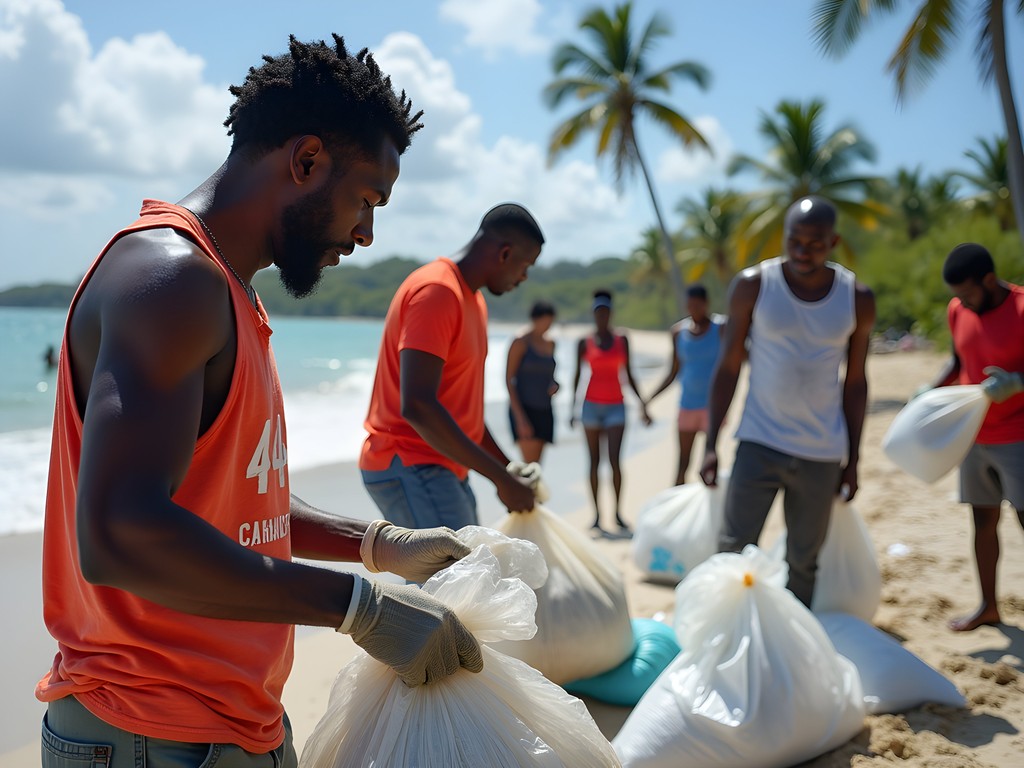
💡 Pro Tips
- Learn about Haiti's revolutionary history and cultural contributions before visiting
- Avoid photographing people without permission, especially children
- Support community initiatives rather than giving money directly to individuals
Final Thoughts
As my tap-tap rumbled back toward Port-au-Prince for my departure flight, the driver's radio played a mizik rasin song I recognized from Jean-Claude's shop. The rhythms synced perfectly with the vehicle's motion over uneven roads – a final reminder that Haiti moves to its own authentic beat. Two weeks in Les Cayes revealed what marathon running has taught me repeatedly: the most meaningful journeys aren't always comfortable, but they transform us in ways luxury never could. Haiti doesn't need your pity; it deserves your presence – your willingness to see beyond headlines to the creative resilience of its people. If you approach with respect, flexibility, and genuine curiosity, this misunderstood corner of the Caribbean will reward you with experiences no resort could package. Pack light, but bring an open mind. Learn basic Creole, but speak mostly through smiles. Count your gourdes carefully, but be generous with your attention. Haiti will meet you where you are and challenge you to grow beyond where you've been. Kenbe la – stay strong – on your journey.
✨ Key Takeaways
- Les Cayes offers authentic Haitian experiences at a fraction of typical Caribbean prices
- Building relationships with locals transforms budget travel from merely cheap to genuinely enriching
- Spiritual sites like monasteries provide both affordable accommodation and cultural insights
- Responsible tourism in challenging destinations requires extra preparation but delivers deeper rewards
📋 Practical Information
Best Time to Visit
November to March (dry season)
Budget Estimate
$30-50/day including accommodation, food, and local transportation
Recommended Duration
7-14 days
Difficulty Level
Challenging

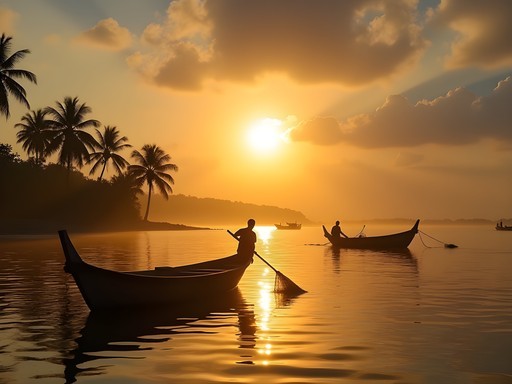
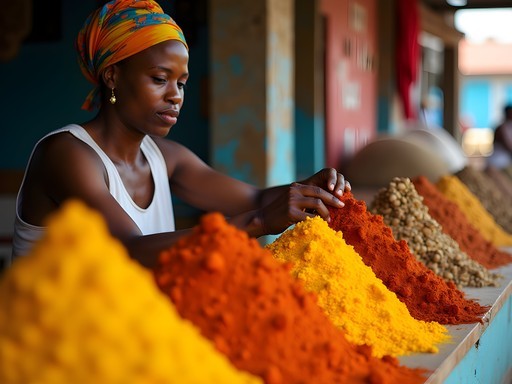
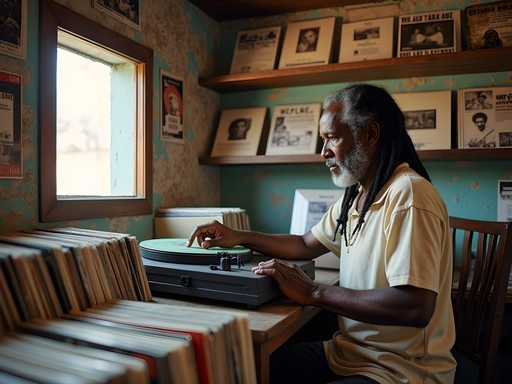
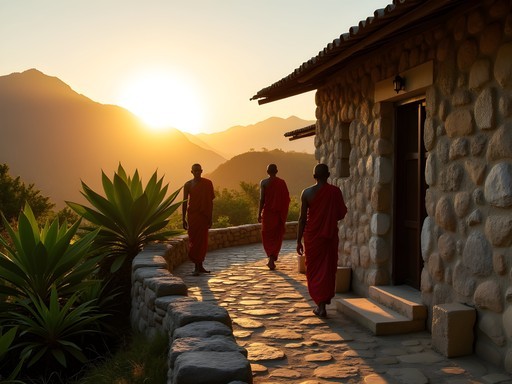




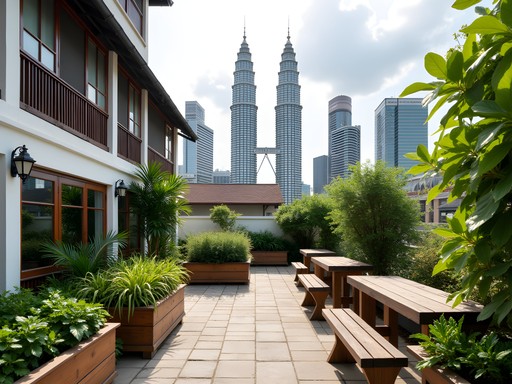

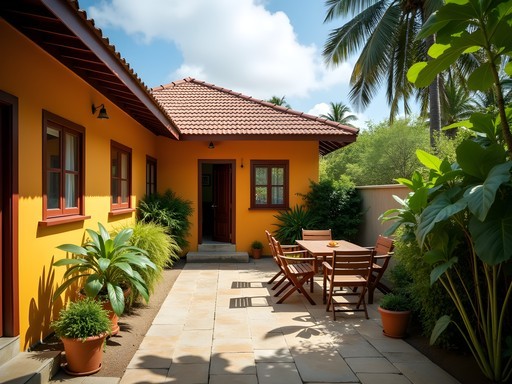
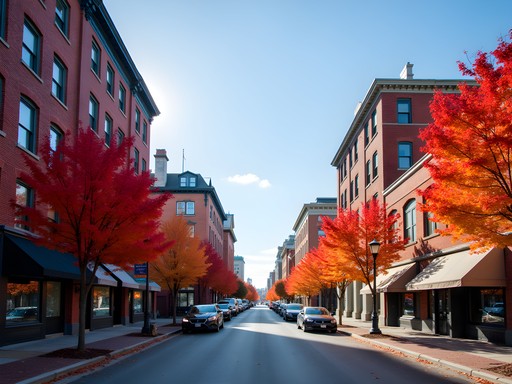
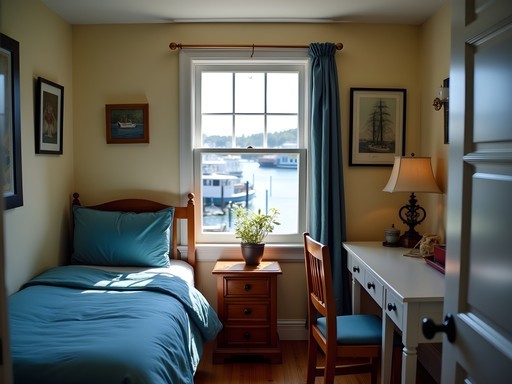
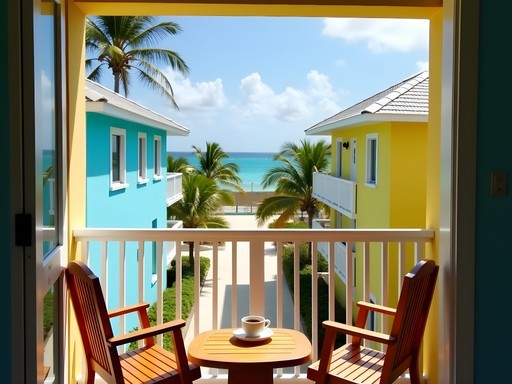

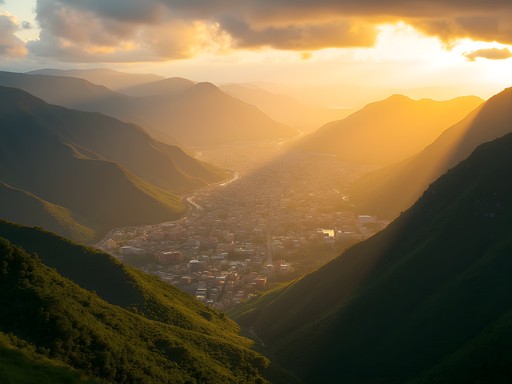
Comments
Frank Garcia
Excellent breakdown of Les Cayes, Mason. Your budget estimates are spot-on based on my experience. One thing I'd add for potential visitors is the value of learning even just 10-15 Haitian Creole phrases. The difference in how you're received is remarkable. I'd also recommend staying at least 3 nights to adjust to the rhythm of the place - Les Cayes reveals itself slowly. The monastery meditation session you mentioned was a highlight for me too, though I found it through a different guesthouse owner. Regarding safety, I found Les Cayes significantly more relaxed than Port-au-Prince, but still exercised standard precautions. For anyone planning a visit, the southern coast offers a completely different perspective on Haiti than what dominates international news. Thanks for highlighting this underrated region.
luckyzone
Just got back from Haiti and Les Cayes was a highlight! Pro tip: the Wednesday market is WAY better than the Saturday one. Also, Jean-Claude's vinyl shop moved two streets over - it's now next to the blue church. Still amazing selection though!
Mason Sullivan
Thanks for the update on Jean-Claude's shop! Good to know it's still going strong.
coffeeway
We did the public transportation too and it was great. The tap-taps are like mobile art galleries! Found the locals super friendly despite language barriers.
starbuddy
How safe did you feel as a solo traveler? The guesthouse looks cute but basic - was it comfortable enough?
Mason Sullivan
Hey @starbuddy! I felt completely safe in Les Cayes itself. Just used common sense - no flashy jewelry, kept phone hidden, etc. The guesthouse (Lakay Comfort) was basic but clean with the BEST homemade breakfast. Cold showers only but for $22/night, no complaints! The family who runs it makes all the difference.
starbuddy
Thanks Mason! That's super helpful. Cold showers I can handle for authentic experiences!
happyway
Just booked my trip to Haiti after reading this!!! So excited to visit Les Cayes now! Those market photos 😍
Lillian Diaz
You're going to love it! Make sure to try the fresh passion fruit juice from the market - life changing!
Lillian Diaz
Mason, your description of the morning tap-tap ride took me right back to my own Haiti experience last year! That mix of kompa music, diesel fumes, and the vibrant chatter is something you just can't explain to someone who hasn't been there. I also loved the vinyl shop you mentioned - Jean-Claude's place? I spent hours there digging through old records and left with some incredible mizik rasin albums that I treasure. For anyone heading to Les Cayes, I'd add that the small beach at Gelée is worth a visit on weekdays when it's quiet. The seafood there is incredible and so affordable. Did you try the lambi (conch)? One tip: I used my pocket translator constantly since my Creole is terrible - it helped bridge so many connections with locals who were thrilled I was making an effort.
Taylor Moreau
Mason, thank you for highlighting Les Cayes with such authenticity. Having documented the Caribbean extensively, I find Haiti remains one of the region's most misunderstood destinations. Your section on 'Vinyl & Voices' particularly resonated - the mizik rasin tradition is extraordinary and deserves more recognition. I've found that carrying a pocket translator helps tremendously with deeper cultural connections, especially in remote areas where French and Creole variations can be challenging. For those concerned about safety, I've visited three times in recent years and found Les Cayes to be welcoming when approached with respect and cultural awareness. Looking forward to your next dispatch.
cityzone
How did you handle safety in Les Cayes? Planning a trip to Haiti but nervous about all the warnings.
Frank Garcia
Not the author, but I was in Les Cayes last year. Basic precautions go a long way - don't flash valuables, learn basic Creole phrases, and connect with locals. The situation varies by region, but Les Cayes felt much safer than PAP. Always check current advisories though.
cityzone
Thanks Frank, that's reassuring. Did you stay in guesthouses too?
Frank Garcia
Yeah, stayed at Kay Martine - basic but clean and the family was lovely. About $25/night and they made amazing breakfast.
travelbackpacker
Wow, Les Cayes looks amazing! So refreshing to see Haiti covered beyond the usual headlines. The monastery visit sounds incredible.
coffeeway
Right? I feel like Haiti gets such unfair coverage in mainstream media.
travelbackpacker
Totally. This is why I love travel blogs - real experiences from real people.
waveclimber4741
I was in Les Cayes last year and can confirm everything Mason wrote here. The tap-taps are definitely an adventure - colorful, crowded, but such a genuine way to travel! The monastery visit was something I missed though, and now I'm kicking myself. That vinyl shop sounds amazing too. Did you get to try the local rum? There's a small distillery just outside town where the owner will give you an impromptu tour if you ask nicely. Great post bringing back great memories!
Taylor Moreau
The rum distillery sounds fantastic! I'm heading to Haiti in November for a photography assignment. Was it easy to find? Any safety concerns in that area?
waveclimber4741
It's called Distillerie Madame Jacques - not fancy but authentic! Just ask locals. I felt safe but always went with my guesthouse owner's nephew as a guide. Worth the few extra dollars for peace of mind.
Venture X
Premium card with 2X miles, $300 travel credit, Priority Pass